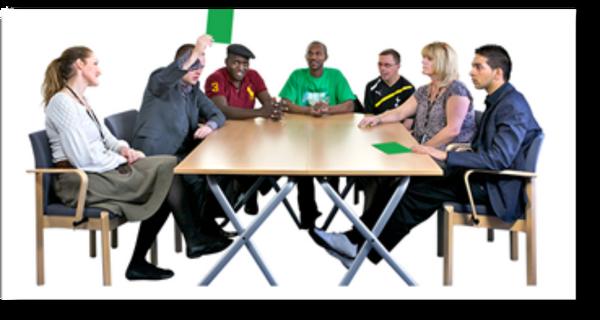
2 minute read
Families, Carers and Friends Involvement Group
The focus of this group is how the family and friends (carers) of Trust patients and service users, and those they care for, may be better supported and supporting the implementation and delivery of the Hampshire Joint Carers Strategy and the Southampton Strategy The group actively monitors our carers action plan and receives regular updates on our implementation of Triangle of Care.
During the last quarter the group have given their views and feedback and suggestions on a variety of topics including:
Advertisement
Continence service – bladder and bowel leaflet
Monitoring the Carers plan
Update on Family Liaison work
Consultation on HIOW People First strategy
Review of Community Mental health and LD services
If you would like to come along or get involved email people.participation@southernhealth.nhs.uk
THE FOLLOWING SOURCES OF INFORMATION HAVE BEEN USED TO PRODUCE THIS REPORT:
Patient/Carers forums
Inpatient community meetings
Community Engagement programme
Social media Surveys
Service user audits
Transformation projects across the trust Service engagement activity
Inpatient community meetings
Using the information sources identified above, the report informs the Quality and Safety committee and the Trust Board on:
Trends Learning Actions taken Improvements Future Plans
It is understood that each method of feedback has its strengths and weaknesses Using all methods of information available enables the Trust to better understand the patient’s experience of our services and is beneficial to help prioritise where to focus effort on action planning It also enables us to identify good practice which can be shared widely.
Feedback On Our Last Insight Report
Mindfulness exercises you can try
Mindful eating.
This involves paying attention to the taste, sight and textures of what you eat. Try this when drinking a cup of tea or coffee for example. You could focus on the temperature, how the liquid feels on your tongue, how sweet it tastes or watch the steam that it gives off.
Mindful moving, walking or running.
While exercising, try focusing on the feeling of your body moving If you go for a mindful walk, you might notice the breeze against your skin, the feeling of your feet or hands against different textures on the ground or nearby surfaces, and the different smells around you.
Body scan.
This is where you move your attention slowly through different parts of your body Start from the top of your head and move all the way down to the end of your toes. You could focus on feelings of warmth, tension, tingling or relaxation of different parts of your body
Mindful colouring and drawing.
Rather than trying to draw something in particular, focus on the colours and the sensation of your pencil against the paper You could use a mindfulness colouring book.
Mindful meditation.
This involves sitting quietly to focus on your breathing, thoughts, sensations in your body or things you can sense around you. Try to bring your attention back to the present if your mind starts to wander. Many people also find that yoga helps them to concentrate on their breathing and focus on the present moment.
The above are examples are not the only ways you can practise mindfulness. So many activities can be done mindfully Different things work for different people, so if you don’t find one exercise useful, try another You can also try adapting them to suit you and make them easier to fit in with your daily life, such as mindfully cooking dinner or folding laundry
R W E L LB E I N G M A T T E R S










